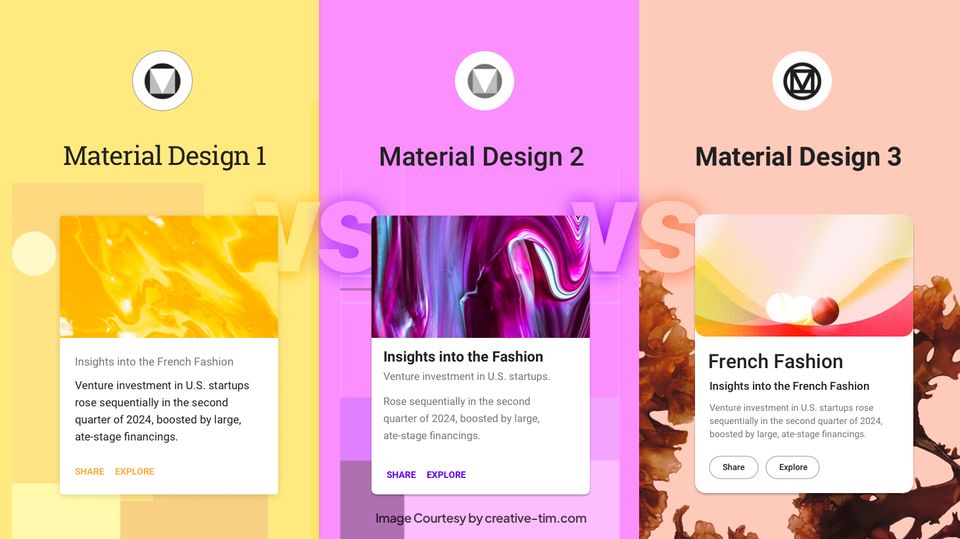Beginner freelancers, in any field, face one major hurdle. How are they paid for the things they do?
There are numerous obstacles, surprises, and schemes out there attempting to get free work.
It is like working as an apprentice without being paid. These practices are not normal and while everyone has doubts about the validity of these offers, few people understand what steps they can take to avoid this pitfall.
For the average nonprofessional, drafting a contract that spells out the services and the compensation to be received might seem like an overpowering task. Actually, this is not the case. A simple agreement is more than enough.
Having a lawyer draft an agreement would be great, but expensive. Web designers or developers can come to an agreement and write it in plain English. As an extra precaution, sample templates are available online for such agreements. You can also hire a boutique consulting firm to help you with the contract. They may end up being cheaper than the lawyer.
Finally, it would be wise to get the agreement legalized, if possible. Just make certain that both parties have copies of the agreement that is signed and dated.
That said, do not depend on a handshake or a “let’s do it” in an e-mail or text message. More so when you sell services online. The agreement should summarize the work you’ll do for them, any deadlines that have to be met, any special arrangements, and the compensation.
What to put in the contract

For beginners, the question might linger in your mind as to “what is so important about having a contract.” There are several reasons, including protecting yourself from liability, failure to be paid and being forced to do additional work that goes beyond the scope of the original agreement.
The purpose of your work

All freelancers, web designers, developers, etc., have most likely developed the practice of sending proposals to clients for their approval. The client may not always read the proposal in detail and make some assumptions. Therefore, the proposal that the freelancer sends to a client should fully and clearly spell out what your plan for the project.
Always give more detail and not less. Cover all the minor points, such as the possible necessity to outsource a particular part of the project.
Furthermore, fully describe the project. Do not cut any corners or assume the client will “know what I mean.” Finally, make sure the client is aware of what you are delivering, what it includes and the expected arrival date.
Payments

If there is going to be a contract dispute, it will usually revolve around money. The client may not think the work you did deserves the price you are charging. He may be trying to avoid making a payment.
Thus, the contract becomes a major tool. With the contract, your website designing quotation for the project is set in stone. It cannot be changed unless both parties agree.
There are several ways of being paid. Some people like to get a lump sum at the end of the project.
Getting paid for a project as it progresses may require you to produce examples of what has been accomplished. Such a move gives the client an opening for requesting more changes.
As a web designer, you have a little more flexibility because of how websites are built. Some changes may be in order for the original plan. Depending on the changes desired, there may be a need to have a clause that provides for extra payment if additional work is required.
Other issues to cover are payment delays, or if he decides to cancel the project. A cancellation fee should be spelled out in the contract, giving the client a certain amount of time to terminate the project and a penalty fee for late payment.
These might seem like unnecessary details, but no one wants to spend two weeks designing a web design project only to be told by the client that they’re changing their approach. The client is purchasing your talent and time. You are entitled to adequate compensation.
Copyright terms

Not everything has to go through a formal copyright process, but any agreement should have some language recording ownership.
Several approaches can be followed. You can assign ownership to the client. Or you can assign a license to the client to use the code for a set period of time.
You can assign the rights to the website code, with the restriction that as the web designer/developer, you are allowed to include the website in your portfolio and to use it as an example of the type of work you do.
Do not assume that because you designed it, you can always use it. Once the client pays a fee, he is going to assume that the project is his. You want to make sure the website is not altered or used in a way that would reflect poorly on your reputation as a web designer.
The project suffers modifications
Despite your best efforts in designing the project and keeping the client informed, you may come up at the end where the client wants something to be different. On top of that, he may expect you to do it for no additional charge.
Therefore, a contract can specify how many revisions he’s allowed and you will have to do them. The revisions have to be restricted to a particular part of the project and not the entire project.
If the project, such as a website, needs maintenance, the contract should state what level of maintenance is needed and that the web designer will be paid a fee for making such revisions. This could be a monthly fee or a fixed fee.
Another thing that you should be wary of is how much time you’re spending on communicating with the client about the revisions. Our suggestion would be to use an online appointment scheduling app. In this way, the client will limit himself to what needs to be communicated and will use a time segment only. There’s nothing more annoying than a client that is a chatty patty and doesn’t let you do your job.
What you are delivering

A written contract identifies what you are going to present to the customer. With a contract, everything is in the proverbial, black and white as to what service you are going to provide and what deliverables are involved.
This might involve many steps. This could range from describing every aspect of the project to describing what the client is going to see and have at the conclusion of the process. For example, if you have an HTML to WordPress project, mention which pages will be delivered and when.
Write in detail, but it should not be excessive. It is important to determine what the client is going to see without going through every step you take to get the final product.
For some, this is a difficult line to draw because each action is important. In this case, you will say, “After reviewing the notes from the initial discussion, I came up with this design that I later refined to reach our final goal.” Mention the time spent creating the items associated with the project.
What if the client doesn’t want a contract?

A contract is a two-way street, meaning that both sides can proceed without getting in the way of each other. However, they eventually reach the same destination.
The contract works both ways. It may be necessary to explain to a hesitant client that the contract protects him if you fail to deliver the desired project within the stated amount of time.
At the same time, you are protected, in case the project manager is transferred or promoted and his successor does not want to pursue the project. The contract can allow you and the company to come to an agreement to pay you for the work already put into the project or to open negotiations to modify the contract. Finally, a
thought-out cancellation clause should be included in the contract to provide a method for both parties to end the contract in an equitable manner.
Template contracts, you say?
When people think about contracts, they think about lawyers and the money the lawyers will charge to write the contract. They get paid by the hour. Thus, the more detailed or more changes made the more expensive the contract is going to be.
There are many web sites where contract templates can be found. These templates can serve as a starting point. Each contract should be unique. The template can serve as a guide to develop the proper language that will stand up in court and serve as a roadmap for listing particular points or deliverables.

AIGA Standard Form of Agreement for Design Services





Design Contracts for Freelance Web Designers

Website + Identity Design Contract


Contract of Works for Web Design


Ending thoughts
Drafting and completing a contract should be looked upon as a vital part of any project. It provides direction as to what is being offered by you and what the client is expecting. The contract provides that you will be paid for your work, or you will have legal recourse to secure your payments.
The importance of the contract cannot be overemphasized. Sometimes, a handshake will seal a deal. However, with the variables connected with a design project and the demands of the client, the contract becomes the road map for each party to following, using different routes, to reach the same destination.




